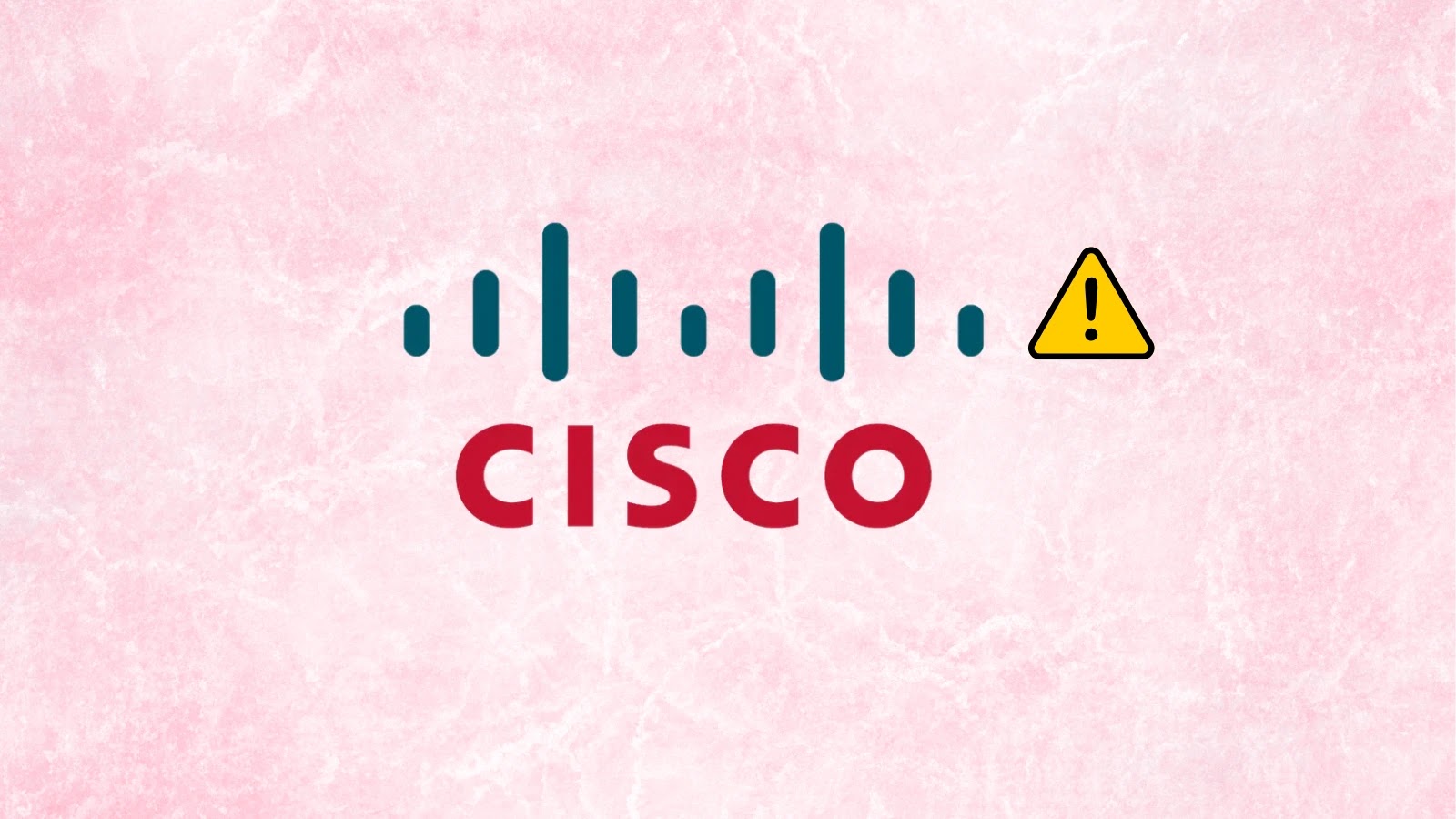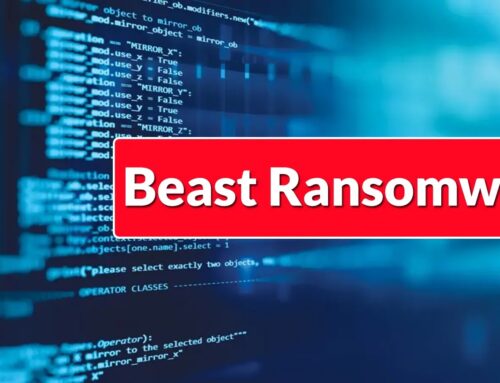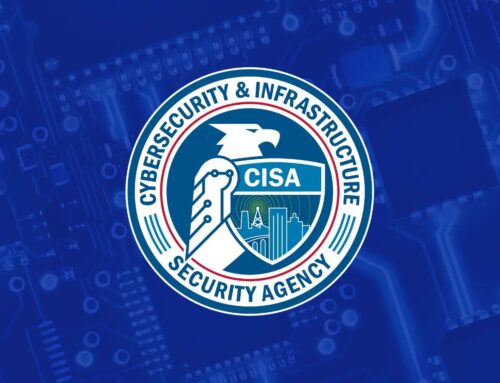
48+ Cisco Firewalls Vulnerable to Actively Exploited 0-Day Vulnerability in the Wild
A critical zero-day vulnerability is actively compromising thousands of Cisco firewalls globally. Threat actors are aggressively exploiting this flaw in the wild, posing an immediate and severe risk to organizations. This unpatched vulnerability serves as a stark reminder of the continuous challenges in maintaining robust enterprise network security.
The Cisco Firewall 0-Day Vulnerability: CVE-2025-20333
The vulnerability, officially tracked as CVE-2025-20333, targets numerous Cisco firewall models. With an alarming CVSS score of 9.9, this flaw is categorized as high-severity, indicating a near-maximal impact and ease of exploitation. The active exploitation means that affected organizations are already under attack, making swift action paramount.
According to reports, this represents one of the most critical security vulnerabilities discovered in enterprise firewall infrastructure this year. Firewalls are the bedrock of network defense, and a compromise at this level can lead to unauthorized access, data exfiltration, system disruption, and broader network compromise.
Affected Cisco Firewall Models
While specific models are not fully detailed in the immediate release, the report highlights that over 48 Cisco firewall devices are currently vulnerable. This widespread exposure suggests that the underlying weakness might affect a core component or a widely used feature across Cisco’s firewall product lines. Organizations must identify all Cisco firewall deployments within their infrastructure to assess potential exposure.
Understanding the Threat: Active Exploitation in the Wild
The “active exploitation in the wild” status elevates this vulnerability from a theoretical risk to an imminent danger. Threat actors are not merely probing; they are successfully compromising systems. This usually implies:
- Developed Exploit Code: Attackers likely possess reliable exploit code.
- Targeted Campaigns: Exploitation may be part of broader, targeted campaigns against specific industries or organizations.
- Gateway to Deeper Breaches: A compromised firewall can serve as a pivot point for lateral movement within a network, allowing attackers to reach critical assets.
Organizations cannot afford to delay response to a vulnerability with this level of active threat.
Remediation Actions and Immediate Steps
Given the severity and active exploitation of CVE-2025-20333, organizations must implement immediate remediation and mitigation strategies:
- Identify Affected Devices: Compile an accurate inventory of all Cisco firewall deployments. Consult Cisco’s official security advisories as they become available for a definitive list of affected models and software versions.
- Monitor Cisco Security Advisories: Cisco typically releases immediate security advisories and patches for zero-day vulnerabilities. Continuously monitor their official channels for updates.
- Isolate and Patch: As soon as a patch or workaround is released, prioritize its deployment. If direct patching is not immediately feasible, consider isolating affected devices from the internet or implementing stricter access controls.
- Implement IPS/IDS Signatures: If your Intrusion Prevention/Detection Systems (IPS/IDS) have updated signatures for this exploit, ensure they are enabled and actively monitoring traffic to/from your Cisco firewalls.
- Review Firewall Logs: Scrutinize firewall logs for any unusual activity, unauthorized access attempts, or anomalies that might indicate successful exploitation.
- Network Segmentation: Reinforce network segmentation to limit the blast radius if an exploitation occurs.
- Strong Access Controls: Ensure all management interfaces for firewalls are protected by strong, multi-factor authentication (MFA) and are not exposed to the public internet unless absolutely necessary.
Detection and Mitigation Tools
Leveraging appropriate tools is crucial for identifying vulnerable assets and detecting active exploitation attempts.
| Tool Name | Purpose | Link |
|---|---|---|
| Nessus | Vulnerability scanning for network devices, including firewalls. | https://www.tenable.com/products/nessus |
| OpenVAS | Open-source vulnerability scanner, can help identify known vulnerabilities on network infrastructure. | http://www.openvas.org/ |
| Snort | Open-source intrusion prevention/detection system (IPS/IDS) for detecting malicious traffic. | https://www.snort.org/ |
| Suricata | High-performance network IDS, IPS and network security monitoring engine. | https://suricata-ids.org/ |
| Cisco Secure Firewall Management Center | Centralized management and security policy enforcement for Cisco firewalls. | https://www.cisco.com/c/en/us/products/security/firewall-management-center.html |
Conclusion
The active exploitation of CVE-2025-20333 in Cisco firewalls represents a severe threat to global organizations. The high CVSS score and the widespread impact on numerous devices necessitate immediate attention. Cybersecurity teams must prioritize identifying affected systems, diligently tracking Cisco’s official communications for patches, and enacting robust mitigation strategies to safeguard their networks against potential breaches.





